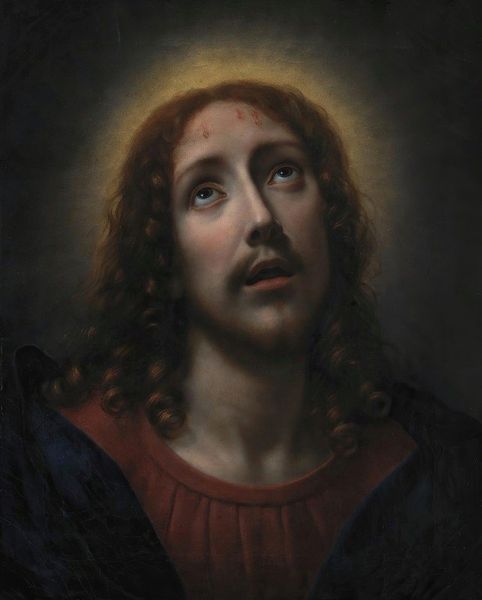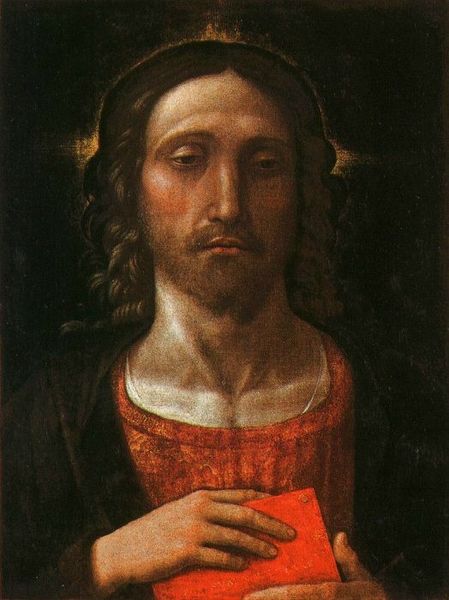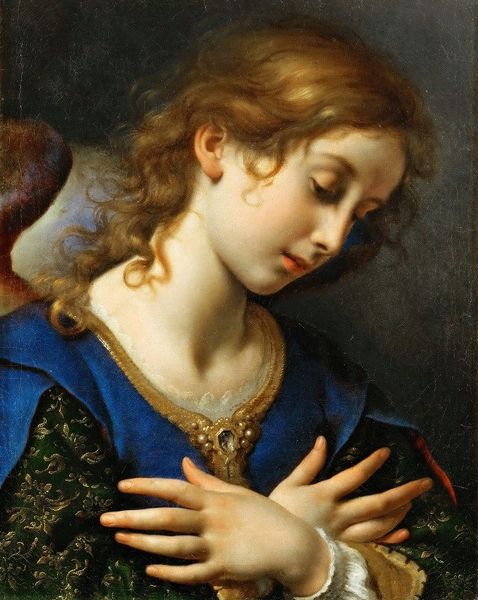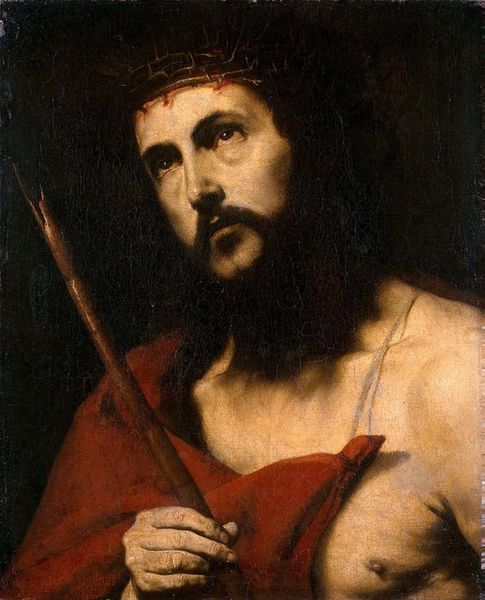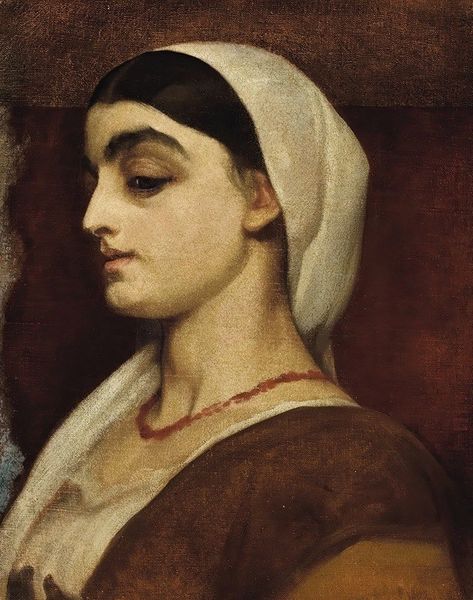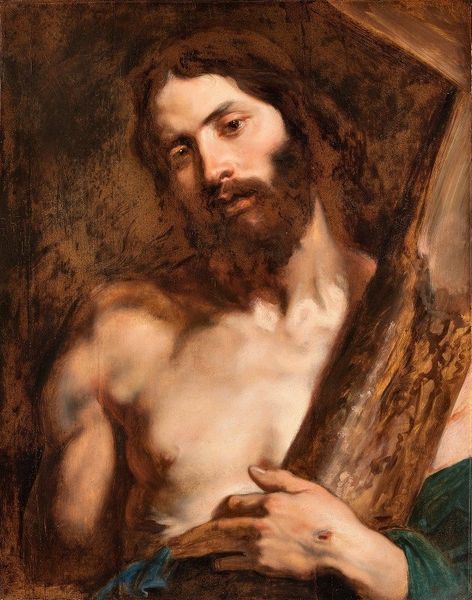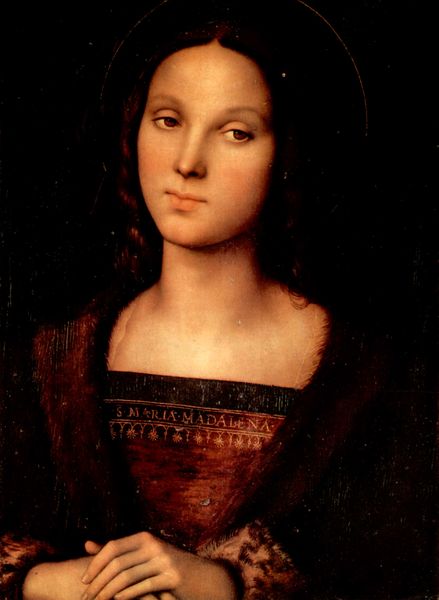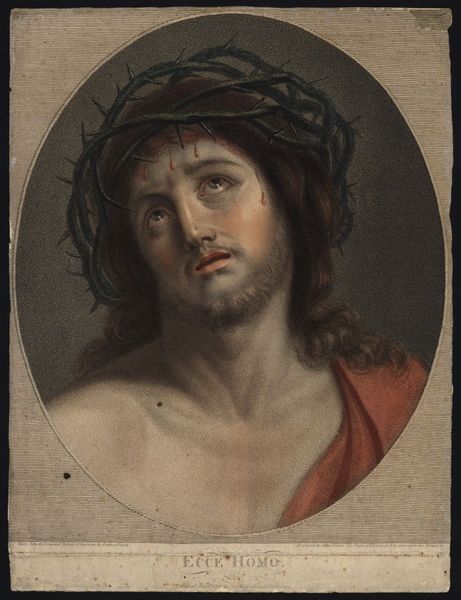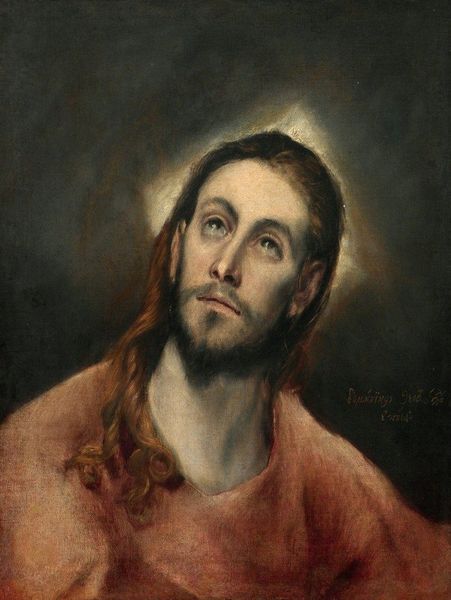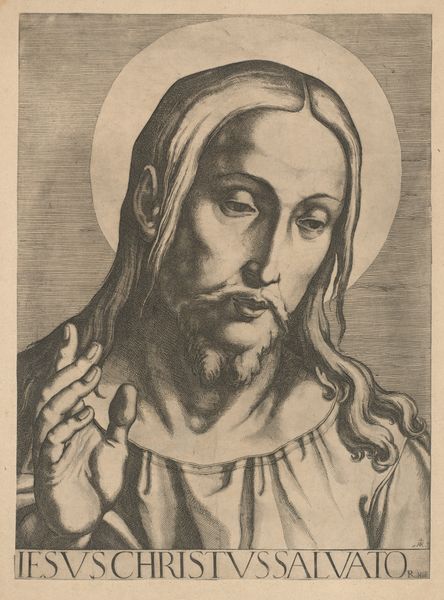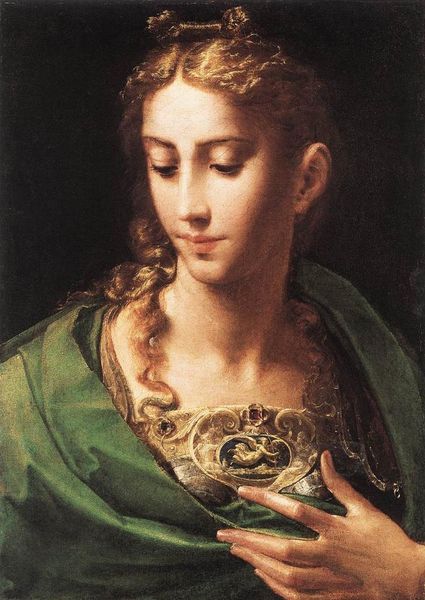
painting, oil-paint
#
portrait
#
portrait
#
painting
#
oil-paint
#
history-painting
#
academic-art
Copyright: Public Domain: Artvee
Editor: This is "Head of Saint John the Evangelist" by Jean-Auguste-Dominique Ingres. It’s an oil painting, though the date seems to be missing from the record. I am really struck by its serene and reverential mood. What do you make of this work? Curator: Well, beyond its immediate aesthetic appeal, let’s think about the historical context. Ingres was a champion of Academic art, right? And that puts him in a direct relationship with power structures, with institutions that validated certain types of representation while marginalizing others. Editor: I see what you mean, it does have a kind of idealized beauty that maybe smooths over some of the complexities of, you know, representing a historical figure. Curator: Exactly. Consider the subject, John the Evangelist. Ingres portrays him with this delicate beauty, but who gets to define that beauty, and whose stories are centered? How does this contribute to the narrative around masculinity, around sainthood, around power? What does it say about the people left out? Editor: So, rather than simply accepting it as a historical depiction, we should really question its assumptions. Curator: Precisely. It's not just about what's on the canvas, it's about the power dynamics embedded within the artistic choices. It invites us to think about what it means to look, who gets to be seen, and the subtle ways representation can reinforce or challenge existing norms. Editor: This has completely transformed the way I’m going to look at art from now on. I have so much more to consider about its place in history. Curator: And by considering those nuances, we can move toward a more equitable understanding of art and history, even if it just begins with asking the difficult questions about why and who an image is meant for.
Comments
No comments
Be the first to comment and join the conversation on the ultimate creative platform.
